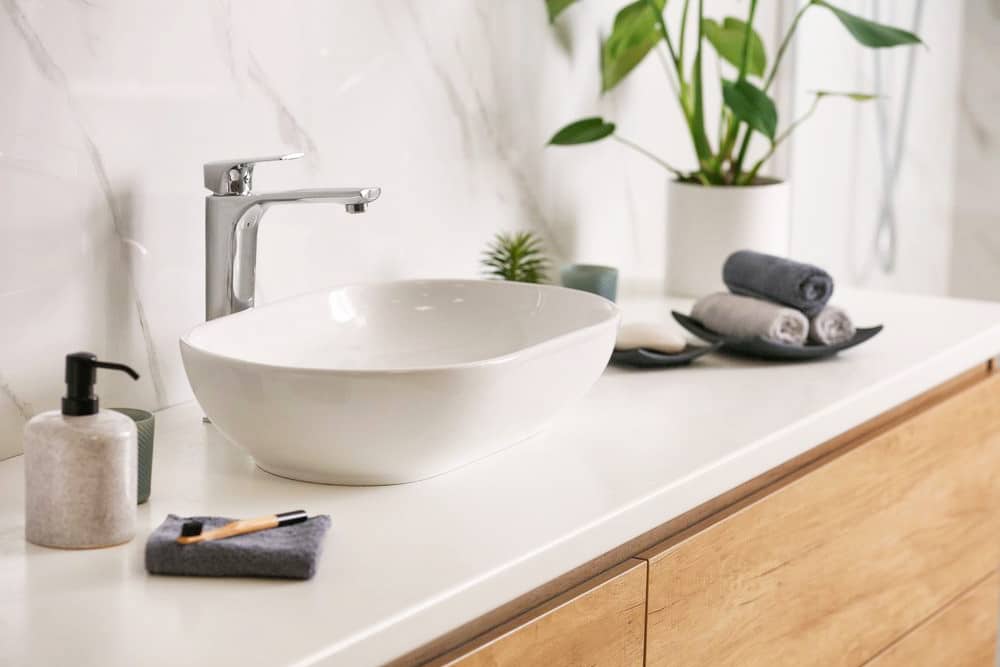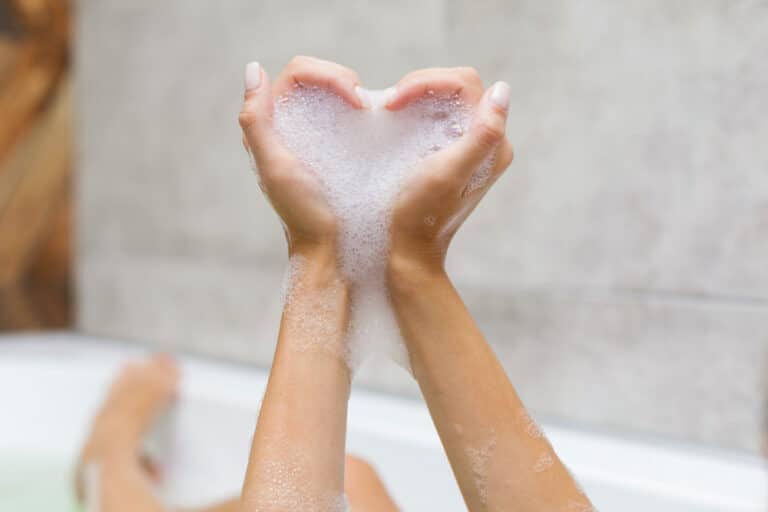Let’s face it: nobody likes paying hefty utility bills. Yet, every month, your water bill arrives, reminding you just how much those long showers and running faucets are costing. The good news? With some savvy eco-friendly plumbing solutions, you can save water, reduce your bills, and even help save the planet. Sound too good to be true? Stick around—this guide is here to make water conservation fun, easy, and most importantly, affordable!
1. Low-Flow Fixtures: Big Savings in Small Packages
One of the simplest ways to reduce water usage is by installing low-flow fixtures. These sneaky little devices work wonders, cutting down water flow without sacrificing performance. Don’t let the name fool you—they’re all about efficiency, not compromise.
Why Low-Flow Rocks:
- Showerheads: A standard showerhead uses around 2.5 gallons per minute (GPM). Low-flow models? They use as little as 1.5 GPM! Over the course of a year, that’s thousands of gallons saved.
- Faucets: Low-flow aerators can reduce water usage by up to 50%. Your morning routine just got eco-friendlier.
- Toilets: Low-flow or dual-flush toilets can save up to 4,000 gallons per year for a family of four. (Yes, you read that right—FOUR THOUSAND gallons!)
Fun Fact:
Swapping out an old toilet for a low-flow model is like upgrading from a gas-guzzler to a hybrid car. You’ll flush away less water and money.
2. Tankless Water Heaters: Hot Water on Demand
Ever spent what felt like an eternity waiting for the shower water to heat up? Traditional water heaters store gallons of hot water, but they’re not the most efficient. Enter the tankless water heater, the eco-friendly superhero of the plumbing world.
Why Go Tankless?
- Instant Hot Water: No more running the tap for minutes while your water heats up. Tankless systems provide hot water on demand.
- Energy Efficiency: Traditional water heaters keep water hot 24/7, using energy even when you’re not home. Tankless systems only heat water when you need it.
- Longer Lifespan: These systems typically last 20+ years, compared to 10-15 years for traditional water heaters.
Bonus Perk:
They’re small and space-saving. Say goodbye to that giant, clunky water heater taking up valuable real estate in your basement or utility closet.
3. Greywater Recycling: Reuse Water Like a Pro
Did you know that a lot of the water we use can be repurposed? With greywater recycling systems, water from your sinks, showers, and washing machines can be reused for non-drinking purposes like flushing toilets or watering plants. It’s like giving your water a second life!
How It Works:
Greywater systems collect and filter used water, redirecting it for other uses. This reduces the amount of fresh water your household consumes daily.
Benefits:
- Water Conservation: Reduce your water usage by up to 30%!
- Lower Bills: Reusing water means less fresh water is needed, cutting down your monthly expenses.
- Healthier Plants: Greywater often contains trace nutrients like phosphates, which can be beneficial for your garden.
Pro Tip:
Greywater systems aren’t one-size-fits-all. Consult with a plumber to find a setup that works best for your home.
4. Smart Leak Detection: The Sherlock Holmes of Plumbing
Leaks are sneaky. A dripping faucet or a silent toilet leak might not seem like a big deal, but over time, these small issues can waste thousands of gallons of water (and skyrocket your bills). Enter smart leak detection systems, your home’s new best friend.
What They Do:
These clever devices monitor your plumbing for leaks and send alerts directly to your smartphone. Some even shut off the water automatically if they detect a major issue.
Why You’ll Love It:
- Catch Leaks Early: Prevent small problems from becoming costly disasters.
- Save Water: The EPA estimates that 10% of homes have leaks that waste 90 gallons or more per day. Don’t let yours be one of them!
- Peace of Mind: Heading out of town? No worries. Your leak detection system has your back.
Quick Win:
Not ready to invest in a smart system? Even regular inspections of your plumbing fixtures can help you catch leaks early.
5. Rainwater Harvesting: Free Water from the Sky
Why let all that rainwater go to waste? With a rainwater harvesting system, you can collect and store rainwater for outdoor use, like watering your lawn or washing your car. It’s a natural, eco-friendly way to reduce your water consumption.
How It Works:
Rainwater is collected from your roof and funneled into a storage tank or barrel. From there, it can be used for various non-potable purposes.
Perks of Rainwater Harvesting:
- Cost Savings: Reduce your reliance on municipal water, especially for outdoor chores.
- Eco-Friendly: Use less treated water, which requires energy and chemicals to process.
- Emergency Backup: In case of water restrictions or shortages, you’ll have a reserve ready to go.
DIY Option:
For smaller-scale needs, a simple rain barrel attached to your gutter system is an easy, low-cost solution.
6. Composting Toilets: A Bold (and Green) Choice
Okay, hear us out. The idea of a composting toilet might sound a little… unconventional. But for the adventurous and eco-conscious, it’s an incredible way to reduce water usage.
What’s the Deal?
Composting toilets use little to no water. Instead, they break down waste into compost through aerobic decomposition. They’re ideal for off-grid living but are gaining popularity in urban homes looking to reduce their environmental impact.
Benefits:
- Water Savings: Traditional toilets use up to 27% of a household’s water. Composting toilets eliminate this use entirely.
- Eco-Friendly: Reduce wastewater and create nutrient-rich compost.
- Cost-Effective: Lower water bills and less frequent plumbing maintenance.
Who’s It For?
If you’re serious about sustainable living, this could be your next big eco-upgrade.
7. Eco-Friendly Pipe Materials: Sustainable from the Ground Up
Even the materials used in your plumbing system can make a difference. Today, many eco-conscious homeowners are opting for sustainable pipe materials like PEX and copper.
Why It Matters:
- Durability: Eco-friendly pipes often last longer, reducing the need for replacements.
- Energy Efficiency: Some materials, like PEX, retain heat better, helping your water heater work more efficiently.
- Recyclability: Copper pipes, for instance, are 100% recyclable, making them a sustainable choice for new plumbing installations.
Wrapping It Up: A Greener, More Wallet-Friendly Home Awaits
Embracing eco-friendly plumbing solutions doesn’t mean you have to overhaul your entire home overnight. Start small—maybe swap out your showerhead or install a rain barrel. Each step brings you closer to a greener lifestyle and lower utility bills.
Not only will you feel great about saving water and money, but you’ll also be doing your part to protect the planet. Plus, with all the smart gadgets and innovative systems available, making your home eco-friendly has never been more exciting. So, what are you waiting for? Dive in and start saving today!





